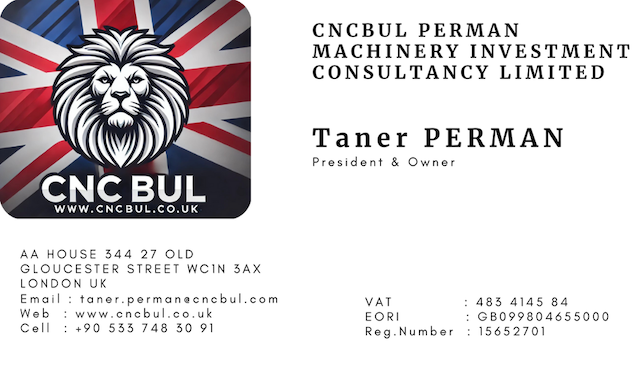Formulating a Calculation Formula for the Market Value of Second-Hand CNC Machine Tools
To accurately determine the market value of second-hand CNC machine tools, multiple factors must be considered. These factors include the machine’s age, brand, condition, specifications, and additional features or accessories. The following formula provides a structured approach to estimate the market value:
Formula:
Market Value=(Base Value−Depreciation)+(Condition Factor+Feature Adjustments+Market Demand Factor)\text{Market Value} = (\text{Base Value} – \text{Depreciation}) + (\text{Condition Factor} + \text{Feature Adjustments} + \text{Market Demand Factor})Market Value=(Base Value−Depreciation)+(Condition Factor+Feature Adjustments+Market Demand Factor)
Components of the Formula:
- Base Value:
- The original purchase price of the machine.
- Depreciation:
- Depreciation is calculated based on the age of the machine and standard depreciation rates for CNC machine tools. A common method is to apply a straight-line depreciation over the expected useful life of the machine.
- Depreciation=Base Value×(Age of the MachineUseful Life)\text{Depreciation} = \text{Base Value} \times \left(\frac{\text{Age of the Machine}}{\text{Useful Life}}\right)Depreciation=Base Value×(Useful LifeAge of the Machine)
- Condition Factor:
- A percentage adjustment based on the machine’s current condition. This can range from -30% (poor condition) to +10% (excellent condition).
- Condition Factor=Base Value×(Condition Percentage)\text{Condition Factor} = \text{Base Value} \times \left(\text{Condition Percentage}\right)Condition Factor=Base Value×(Condition Percentage)
- Feature Adjustments:
- Adjustments based on additional features or accessories that enhance the machine’s capabilities.
- Feature Adjustments=∑(Value of Each Additional Feature)\text{Feature Adjustments} = \sum (\text{Value of Each Additional Feature})Feature Adjustments=∑(Value of Each Additional Feature)
- Market Demand Factor:
- An adjustment based on current market demand for the specific type of CNC machine. This can be influenced by industry trends, technological advancements, and availability.
- Market Demand Factor=Base Value×(Market Demand Percentage)\text{Market Demand Factor} = \text{Base Value} \times (\text{Market Demand Percentage})Market Demand Factor=Base Value×(Market Demand Percentage)
Example Calculation:
- Determine the Base Value:
- Suppose the original purchase price of the CNC machine was $100,000.
- Calculate Depreciation:
- Assume the useful life of the machine is 10 years, and the machine is currently 5 years old.
- \text{Depreciation} = $100,000 \times \left(\frac{5}{10}\right) = $50,000
- Assess the Condition Factor:
- The machine is in good condition, which we assign a +5% adjustment.
- \text{Condition Factor} = $100,000 \times 0.05 = $5,000
- Include Feature Adjustments:
- Additional features (e.g., upgraded software, precision tooling) are valued at $10,000.
- \text{Feature Adjustments} = $10,000
- Evaluate Market Demand Factor:
- The current market demand for this type of CNC machine is high, so we assign a +10% adjustment.
- \text{Market Demand Factor} = $100,000 \times 0.10 = $10,000
Final Market Value Calculation:
\text{Market Value} = ($100,000 – $50,000) + ($5,000 + $10,000 + $10,000) = $50,000 + $25,000 = $75,000
Conclusion:
Using the above formula, the estimated market value of the second-hand CNC machine tool is $75,000. This calculation provides a structured approach to account for depreciation, condition, additional features, and current market demand. Adjustments can be made based on more specific data and industry standards to refine the estimate.

